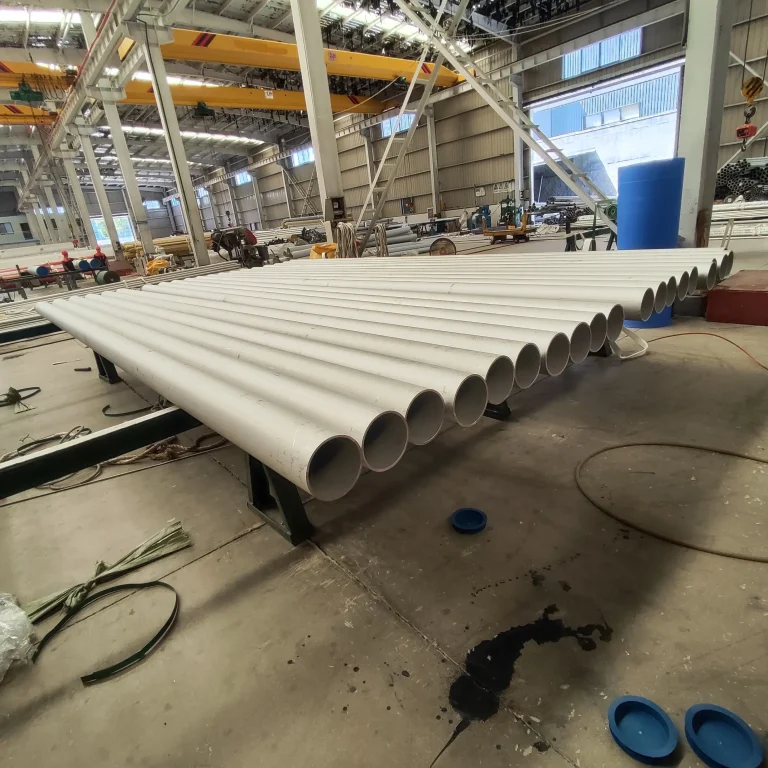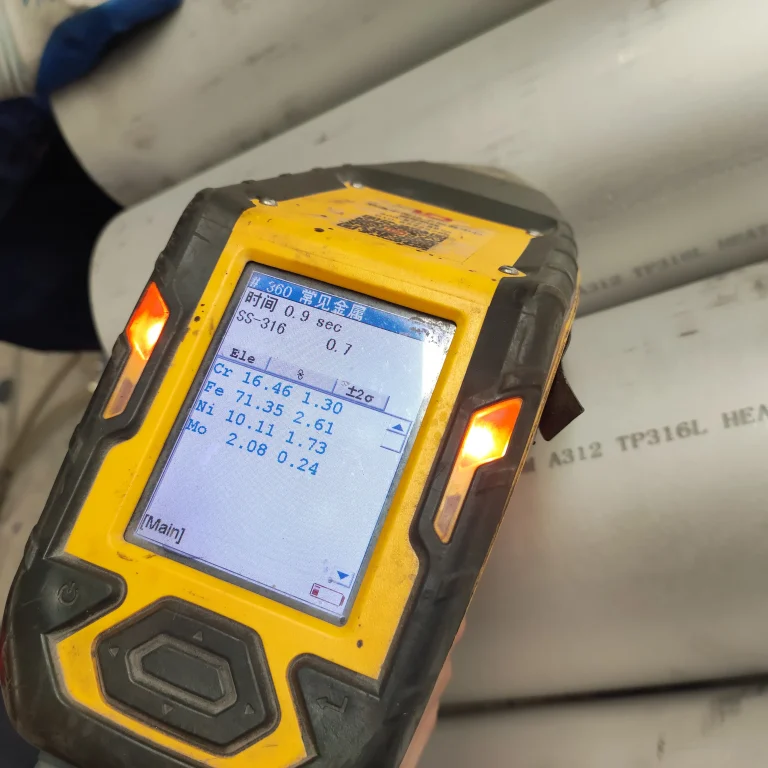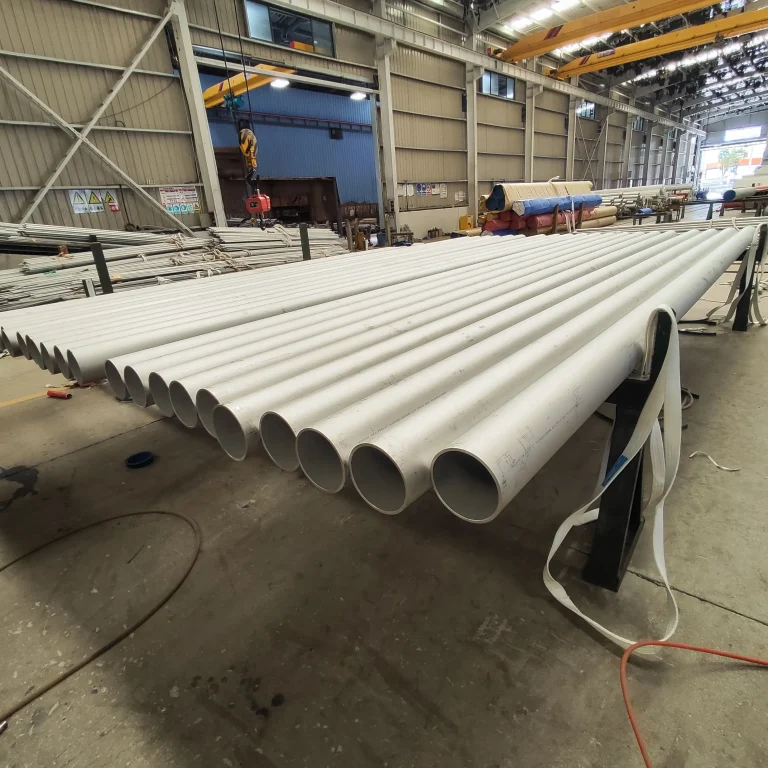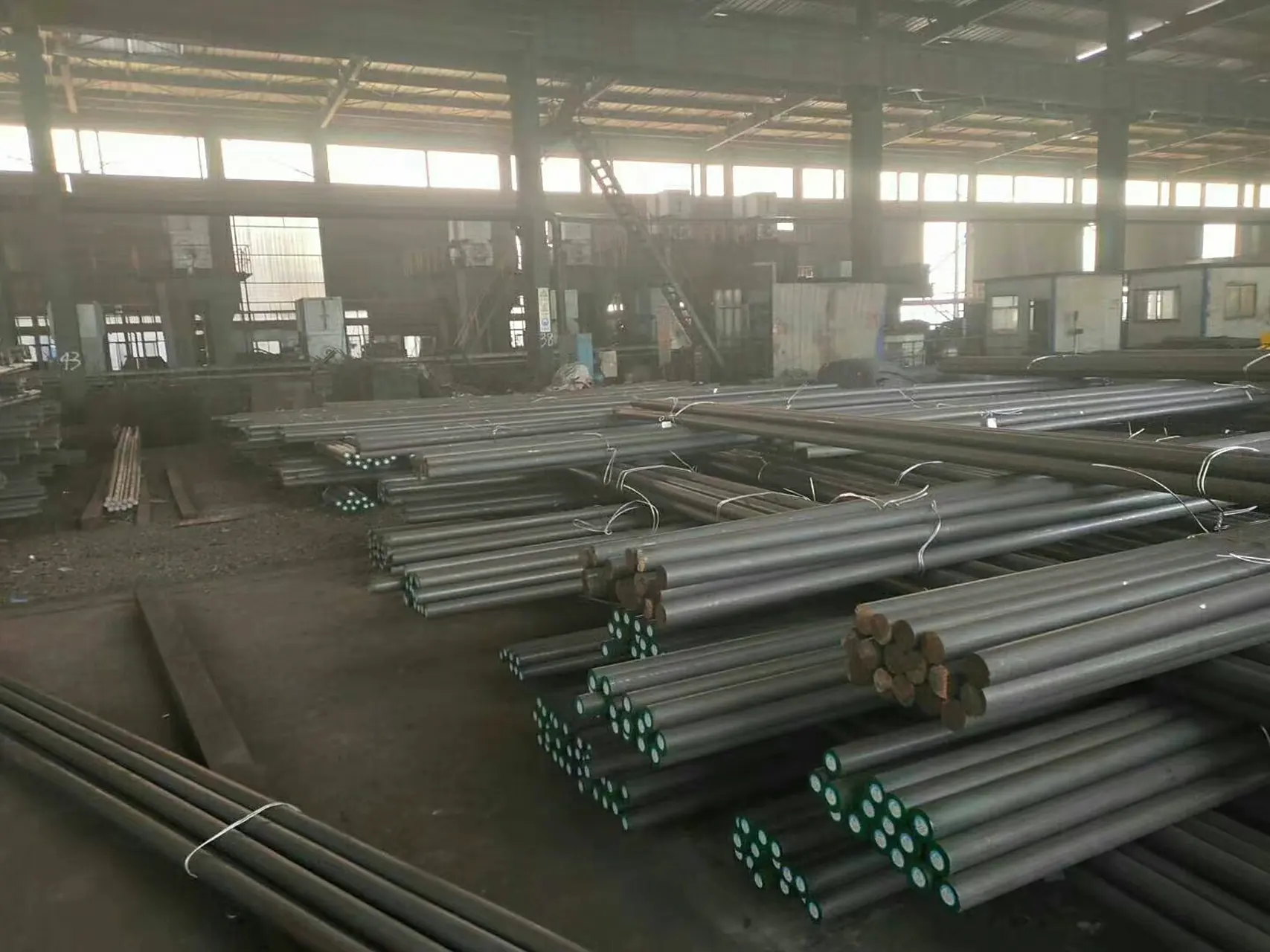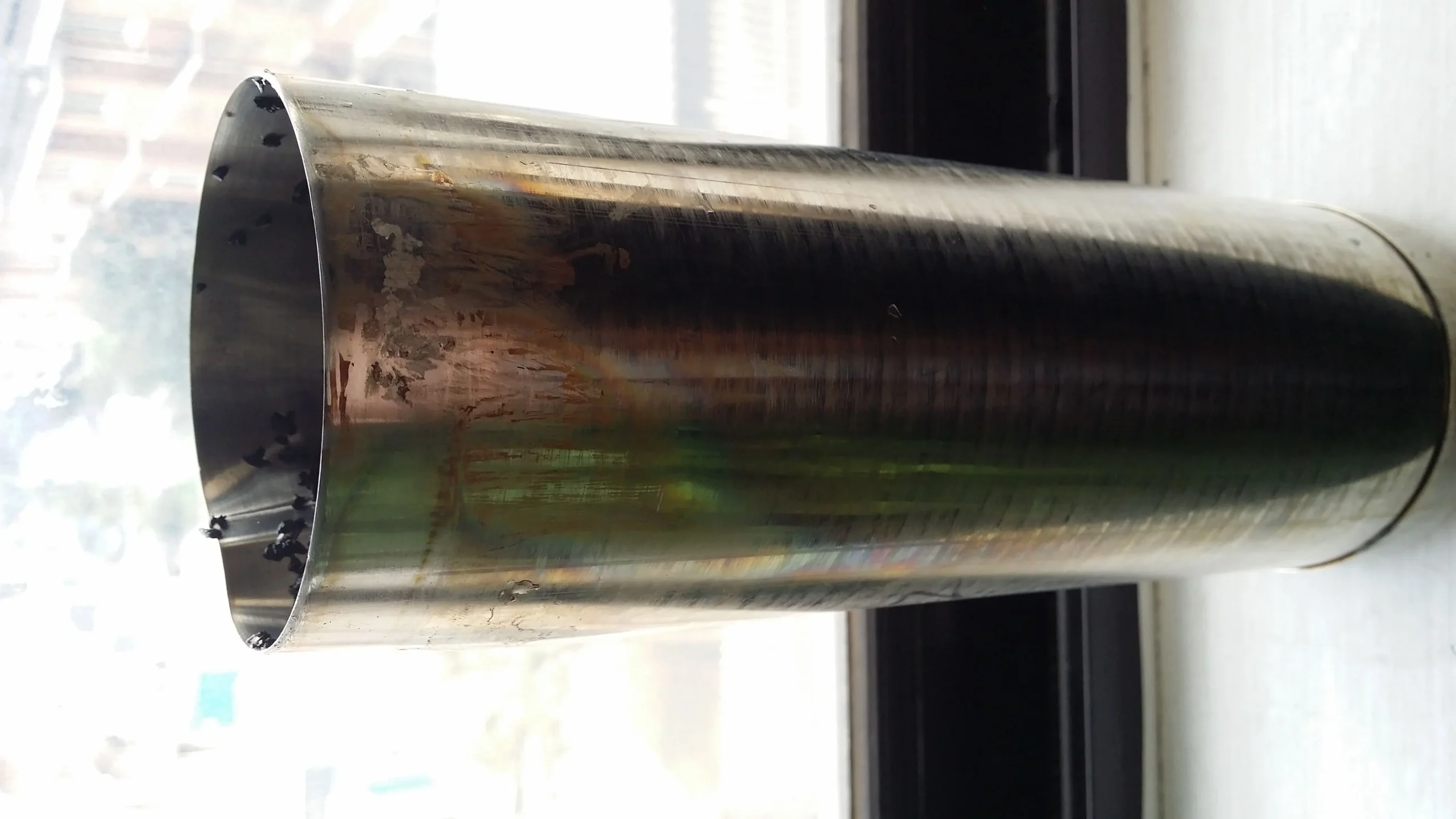Pipe welding is a powerful process that joins pipes and fittings.It creates a permanent,leak-proof bond between components.This technique is essential for creating reliable stainless steel pipes and stainless steel pipe fittings . A weld ensures a system’s integrity.It provides a secure connection for the long term.For more detail,learn about the full welding process.
What is Pipe Welding?
Pipe welding is a highly technical trade. It uses heat to fuse materials together. Welders join two or more pieces of metal to form a continuous, seamless whole. This process may or may not involve filler metal. Professional welders are essential to this work, as their skill level determines the safety and performance of the system.
What We Do
- Plate
- Sheet
- Forgings
- Round Bar
- Flange
- Pipes
- Fittings
- Customized
Contact Us For More Information
Key Advantages of Pipe Welding
Pipe welding offers numerous key advantages. It performs exceptionally well in a wide range of industrial environments, particularly in piping systems.
Welding creates permanent integral joints with strength far exceeding other joining methods. This connection ensures system integrity.
Properly executed pipe welding achieves leak-free connections, which are critical for safety and efficiency, preventing costly and hazardous leaks.
Welding technology works with a wide range of materials, joining carbon steel, stainless steel, and various alloys. A single process can bond dissimilar metals.
Welders can fabricate custom joints for any angle or complex shape, offering exceptional design flexibility.
Key Disadvantages of Pipe Welding
Every process has its own downsides.Pipe welding is no different.Consider these points before you choose it.You can also read about the Common Mistakes In Welding Of Duplex Stainless Steel Pipes.
Requires exceptional craftsmanship and specialized training. Operational errors may result in insufficient joint strength, while substandard welds could even lead to catastrophic failure.
High temperatures can degrade base material properties, such as inducing corrosion in stainless steel. Precise thermal control is critical. Discover why Welded Pipe Will Rust After Welding.
Welds must undergo thorough examination. Defects are not always visible to the naked eye. Flawed welds may fail under stress.
The welding process can be time-consuming and requires expensive equipment. These factors increase overall project costs.
Common Weldable Materials
| Material | Notes |
|---|---|
| Stainless Steel Pipes | Excellent corrosion resistance. Used for many applications. |
| 2205 duplex stainless steel | Strong and corrosion-resistant. Requires careful control. |
| S32550 Stainless Steel Pipe | High-performance duplex steel. Excellent for demanding jobs. |
| Carbon Steel | Common and cost-effective. Used widely in industrial piping. |
| Inconel | High-strength superalloy. Performs well at high temperatures. |
| Hastelloy | Excellent resistance to corrosive chemicals. Used for aggressive media. |
A Comparison of Welding Methods
This table highlights different Welding Methods used in pipe welding.To learn more,check out our article on the Three Welding Methods Of Stainless Steel Welded Pipes.
| Method | Advantages | Disadvantages |
|---|---|---|
| GTAW/TIG | Precise, high quality | Slow, high skill |
| GMAW/MIG | Fast, easy to learn | Less precise, messy |
| FCAW | High deposition, works outdoors | More smoke, needs clean up |
| SAW | Very high speed, deep penetration | Only for flat positions, needs flux |
| SMAW (Stick) | Versatile, portable | Messy, hard to control |
| Orbital | Automated, consistent | Expensive, less flexible |
The Pipe Welding Process
Pre-welding Preparation
- Factors to Consider:Consider the material, wall thickness,and welding method.Environmental conditions also play a big role.For example,wind can blow away shielding gas.Rain or high humidity can introduce hydrogen into the weld.This causes cracking.
- Equipment Selection:Pick the right power source and tools.Use a constant current (CC) power source for TIG welding.Use a constant voltage (CV) source for GMAW/MIG welding.Correct filler material is also key.A filler metal must match the base metal.
- Pipe Cleaning:Clean the pipe surface thoroughly.Remove all dirt,grease,and rust.Use a dedicated stainless steel wire brush.Acetone or alcohol can be used to remove oil and grease.A clean surface prevents flaws.
The Welding Process: Passes and Positions
Pipe Welding Passes
- Root Pass:This is the first and most critical weld.It provides a strong foundation.The root pass requires deep penetration.A consistent bead ensures the joint’s integrity.
- Hot Pass:This second pass is done at a slightly higher amperage.It refines the root weld.Trapped slag and impurities are burned out.This improves the weld’s mechanical properties.
- Fill Pass:This adds the bulk of the weld metal.The pass fills the groove.Multiple layers may be needed to fill wide gaps.
- Cap Pass:The final layer of weld metal.It gives the weld a finished,uniform look.The cap provides additional strength and seals the weld.
Pipe Welding Positions
- 1G Position: The pipe is horizontal and rotates. The welder works from the top position.
- 2G Position: The pipe is vertical and stationary. The welder works around the pipe in a horizontal motion.
- 5G Position: The pipe is horizontal and stationary. The welder moves around the pipe in all positions.
- 6G Position: The pipe is at a 45-degree angle. This is the most difficult position. It requires the welder to work at all angles.
Post-welding
- Repair: Welds can be repaired if flaws are found. The defective area is first ground out. This defect can be a crack or an inclusion. The area is then re-welded using the correct procedure.
Pipe Welding in Applications
- Piping Systems: For critical stainless steel pipe fittings, welding provides extreme durability. Your system works perfectly, even in high-stress settings. The process handles pressure with ease.
- Duplex Stainless Steel: When welding duplex steels, the phase balance is key. Improper Welding Of Duplex Stainless Steel Pipes can affect corrosion resistance. Learn about the ideal Phase balance of duplex stainless steel pipes to ensure success. For specific guidance, read our articles on the Methods And Precautions Of Duplex 2205 Pipe Welding and what Electrode Should Be Used For Welding 2205 Duplex Stainless Steel Pipe.
- Seamless and Welded Pipes: Welding is used to join sections of both Seamless Stainless Steel Pipes and welded pipes. The process can join pipes with different wall thicknesses. You can also learn more about the unique welding process of S32550 stainless steel pipe.
Common Questions About Pipe Welding
Arc flashes can cause severe burns and permanent eye damage. Inhaling welding fumes also poses health risks. Additionally, there is a risk of fire or explosion.
Stop all work and inspect the issue. Find the root cause of the problem. Repair the flaw by grinding out the defect. Then re-weld the area using the correct procedure.
Proper preparation is key. Use clean materials and the right equipment. Follow the correct welding procedure and heat settings. Always practice to perfect your technique.
Start with visual inspection for surface flaws. Then, use Nondestructive Testing (NDT) methods. Common NDT methods include X-ray, ultrasonic, or dye penetrant testing.
Pipe welding involves complex angles and positions. A welder may work overhead or in tight spaces. Plate welding is typically done on a flat surface. It is less physically challenging.
Contact Us
- RM901 No.22 Tangjiaqiao Road Wenzhou China
- +86 577 8551 1171
- [email protected]
- https://www.kaysuns.com/
